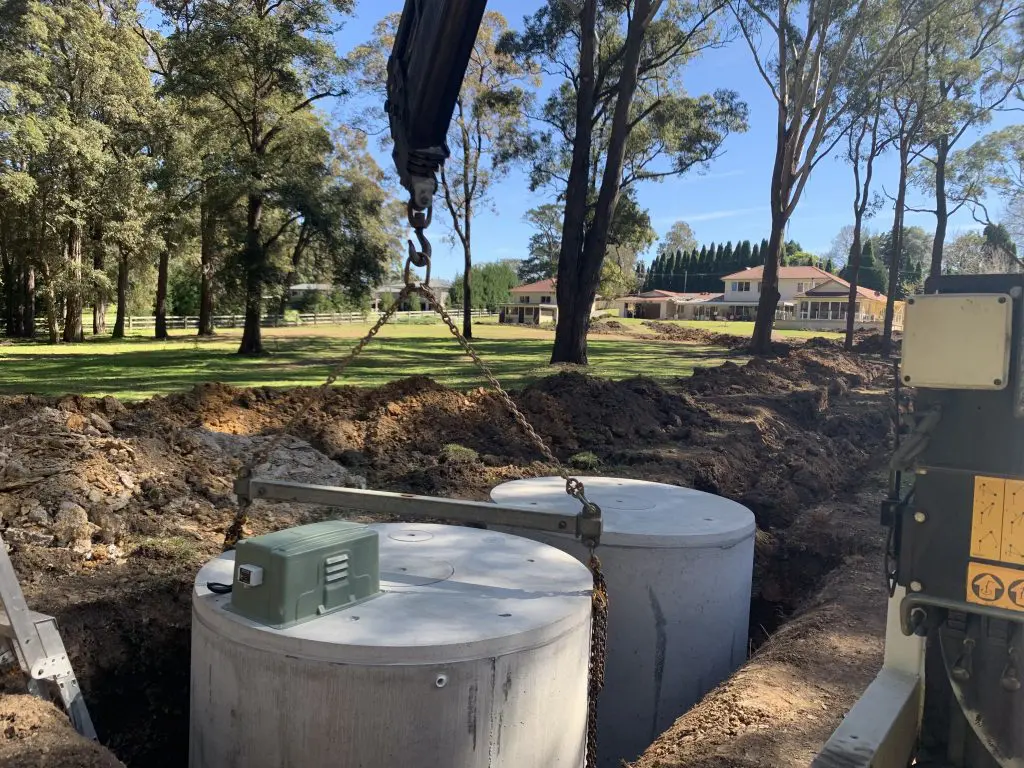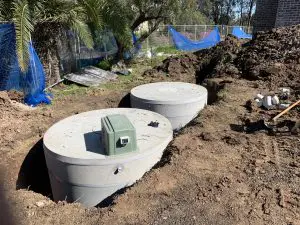AWTS Installation: What to Expect and How to Choose the Right Installer
Installing an Aerated Wastewater Treatment System (AWTS) on your property is a significant step towards efficient wastewater management. However, this process can seem daunting if you’re unfamiliar with it. In this comprehensive guide, we’ll walk you through the AWTS installation process and provide valuable tips on how to choose the right installer, catering to the needs of the average consumer in the region.
Understanding the AWTS Installation Process
Site Assessment:
The process begins with a thorough site assessment. An experienced installer will visit your property to evaluate factors such as soil type, available space, groundwater level, and local regulations. This step is essential to determine the best location for your AWTS.
System Design:
Once the site assessment is complete, the installer will design the AWTS system that best fits your property’s needs. This includes selecting the appropriate system size and components to ensure efficient wastewater treatment.

System Design:
Once the site assessment is complete, the installer will design the AWTS system that best fits your property’s needs. This includes selecting the appropriate system size and components to ensure efficient wastewater treatment.
Local Permits and Approvals:
Before installation can proceed, necessary permits and approvals must be obtained. Your installer will typically handle this part of the process, ensuring compliance with NSW regulations.
Excavation and Tank Placement:
The next step involves excavation for the installation of the septic tank, aeration unit, and distribution system. The installer will place these components strategically based on the design plan.
Piping and Electrical Work:
The installer will connect the various components with pipes, ensuring proper wastewater flow and aeration. Electrical connections are established for the aeration unit, which is crucial for the treatment process.
Backfilling and Compaction:
After installation, the excavation sites are backfilled and compacted to secure the components in place.
Inspection and Testing:
Before the system is operational, an inspection is conducted to ensure everything is correctly installed. The installer will also conduct tests to verify that the AWTS is functioning as designed.
Landscaping and Restoration:
Once the system passes inspection, the installer will restore the landscaping around the installation area. This can include reseeding, planting, or other landscaping work to blend the system seamlessly into your property.
Tips for Choosing the Right AWTS Installer
Experience and Certification:
Look for an installer with a proven track record and relevant certifications. An experienced installer is more likely to handle challenges effectively.
Local Knowledge:
An installer who is familiar with Sydney’s unique environmental and geological conditions will be better equipped to address regional challenges and comply with local regulations.
References and Reviews:
Ask for references from past clients and check online reviews. Feedback from others who have used the installer’s services can provide insights into their professionalism and work quality.
Transparent Pricing:
Request a detailed quote that outlines all costs associated with the installation. Ensure there are no hidden fees.
Permit Handling:
Verify that the installer will handle the permit and approval process, ensuring your AWTS installation is compliant with NSW regulations.
Maintenance Services:
Inquire whether the installer offers maintenance services after installation. Regular maintenance is crucial for the long-term efficiency of your AWTS.
Environmental Responsibility:
Consider installers who emphasize environmentally responsible installation practices. This aligns with Sydney’s commitment to sustainable living.
Communication:
Effective communication is key to a successful installation. Ensure the installer is responsive and provides clear explanations of the process.
The Benefits of a Professional AWTS Installation
Efficiency and Reliability:
A professionally installed AWTS is more likely to operate efficiently and reliably, reducing the risk of breakdowns and costly repairs.
Compliance with Regulations:
Experienced installers are familiar with local regulations, ensuring that your AWTS meets NSW compliance requirements.
Peace of Mind:
Knowing that your AWTS is installed by professionals offers peace of mind. You can trust that your wastewater treatment system will perform effectively.
Longevity:
A properly installed system is likely to have a longer lifespan, reducing the need for premature replacements.
Installing an AWTS in your Sydney property is a significant investment in efficient wastewater management. By understanding the installation process and following our tips for selecting the right installer, you can ensure a smooth and successful installation. Moreover, entrusting this task to a professional not only guarantees compliance with regulations but also enhances the efficiency and longevity of your AWTS. With a well-installed system, you can enjoy reliable and environmentally responsible wastewater treatment, contributing to a sustainable and eco-friendly lifestyle in NSW.
For a Free Quote and Sizing on all Septic Tanks Made in Australia call the team at Eco-Septic on 1800 808 135
Related Posts
- What is the Best Wastewater Treatment System?
- Why aerated wastewater treatment servicing is important
- Why should effluents be treated before discharge?
- Septic Tank Regulations in Sydney: What Homeowners Need to Know
- How is the Carbon Cycle Involved in Wastewater Treatment
- What Are Domestic Wastewater Treatment Plants?
- How Much Sewage Does A Household Produce?
- The Various Uses of Treated Wastewater




